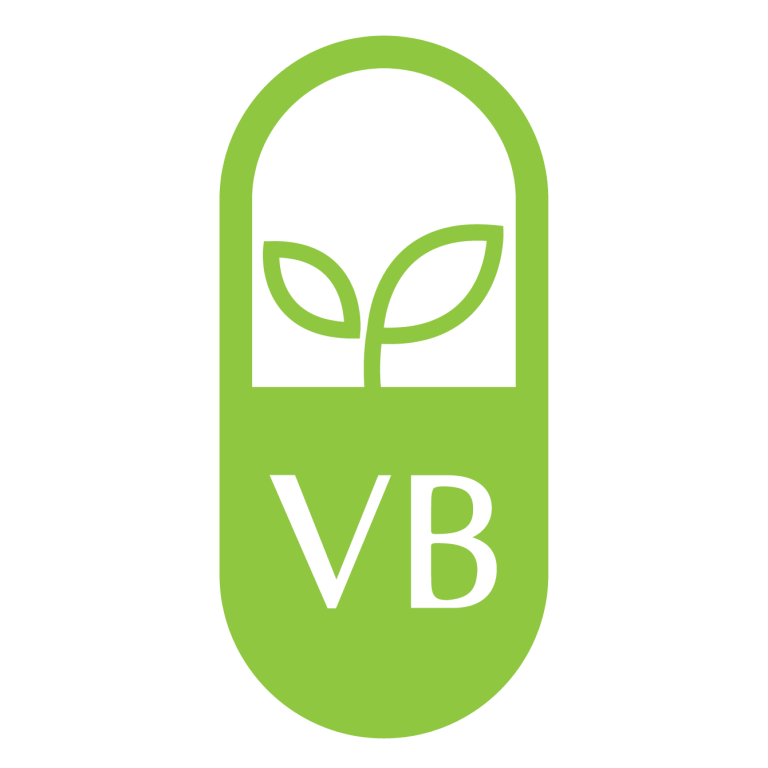
Creatine is a popular supplement among athletes and bodybuilders because it can increase muscle mass, improve strength, and enhance exercise performance. Creatine is one of the best supplements for muscle growth. One of the most common questions surrounding creatine is if a creatine loading phase is necessary. There is some confusion about whether or not a loading phase is necessary to see the benefits of creatine supplementation. Since we're using creatine to optimize athletic performance and strength building, we looked into the science behind creatine to determine the best method of consumption.
Before we can dive into whether or not a creatine loading phase is necessary, we need to first understand what it is. A creatine loading phase typically involves taking a higher dose of creatine for a period of time, usually 5-7 days, to saturate the muscles with creatine. This is then followed by a maintenance phase where a lower dose of creatine is taken to maintain the saturation levels in the muscles.
The short answer is no, a creatine loading phase is not necessary for all people, but some may benefit. There aren't many studies specifically on the creatine loading phase, but studies that involve creatine usually have their subjects doing a loading phase. While a loading phase can lead to faster saturation of the muscles with creatine, studies (1) have shown that taking a lower dose of creatine over a longer period of time can achieve the same saturation levels without the need for a loading phase. A loading phase can also cause some unpleasant side effects such as bloating and stomach discomfort.
While a creatine loading phase is not necessary for most people, it can provide some benefits for some. By taking a higher dose of creatine for a period of 5-7 days, you can saturate your muscles with creatine more quickly than if you were taking a lower dose over a longer period of time. This can lead to faster increases in muscle creatine content, which may translate to improved exercise performance.

The reason a creatine loading phase isn't needed by most people is because many people get a good amount of creatine in their diet already. As an added bonus, foods high in creatine are usually also the foods highest in protein. Some creatine rich foods include:
Because these common foods are so rich in creatine most people are OK with just supplementing 5g per day and sticking with that instead of attempting a loading phase. This also means that it should not matter if you take creatine before or after your workout.
When you consume creatine, it goes through a series of steps in your body before it's fully utilized for energy production, muscle building, and other benefits. Here's a breakdown of the timeline and process in technical terms:
The most effective way to take creatine is to be consistent with your supplementation. Studies have shown that taking a lower dose of creatine over a longer period of time, such as 3-4 weeks, can lead to the same increase in muscle creatine content as a loading phase. It's also important to take creatine with carbohydrates, as this can enhance the uptake of creatine into the muscles. Lastly, make sure to stay hydrateded, as it can cause dehydration if you're not drinking enough water with creatine. Follow this advice for the safest possible use of creatine (2) and you should be happy with your exercise results
